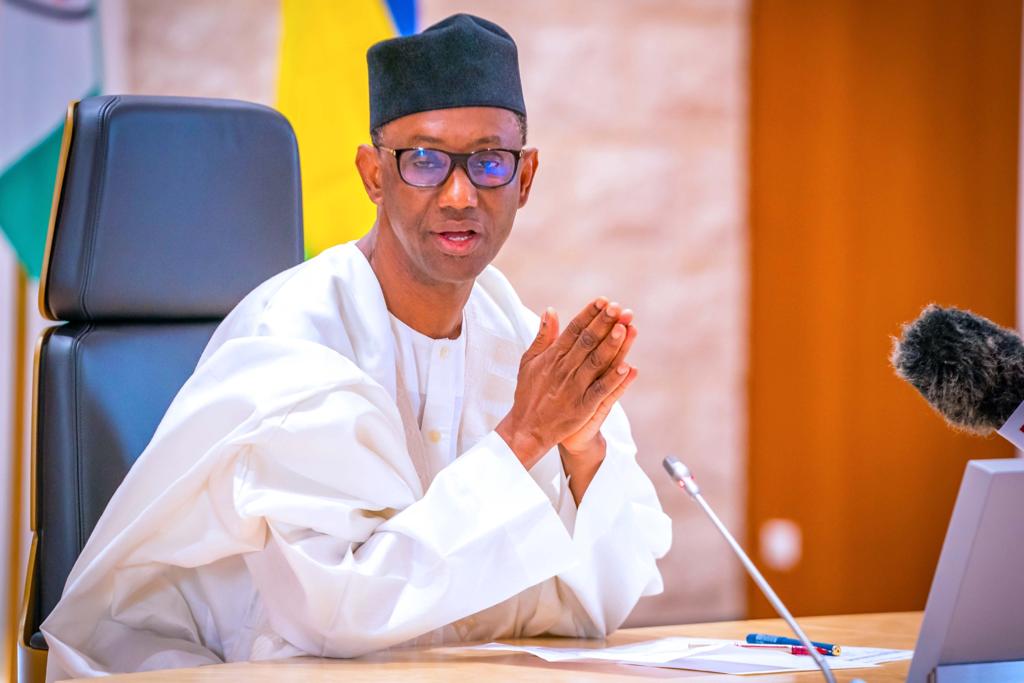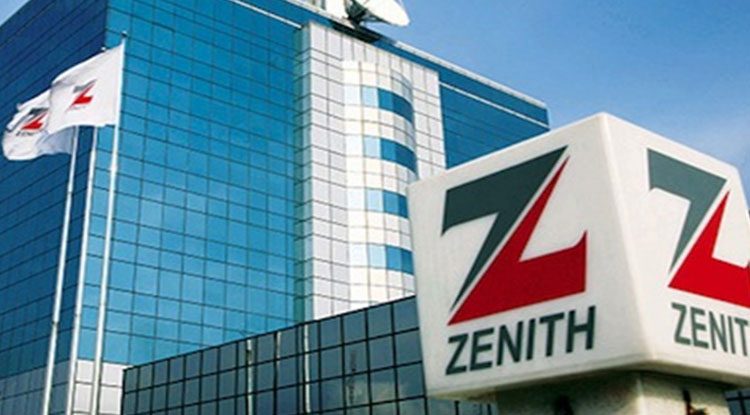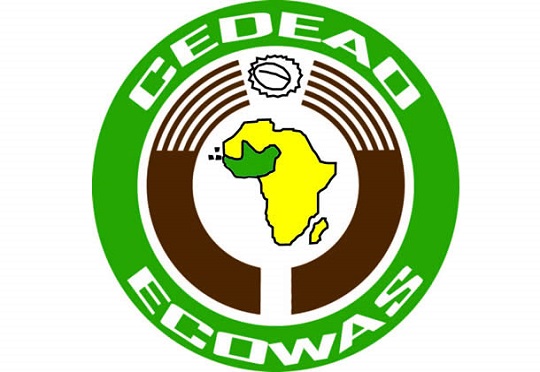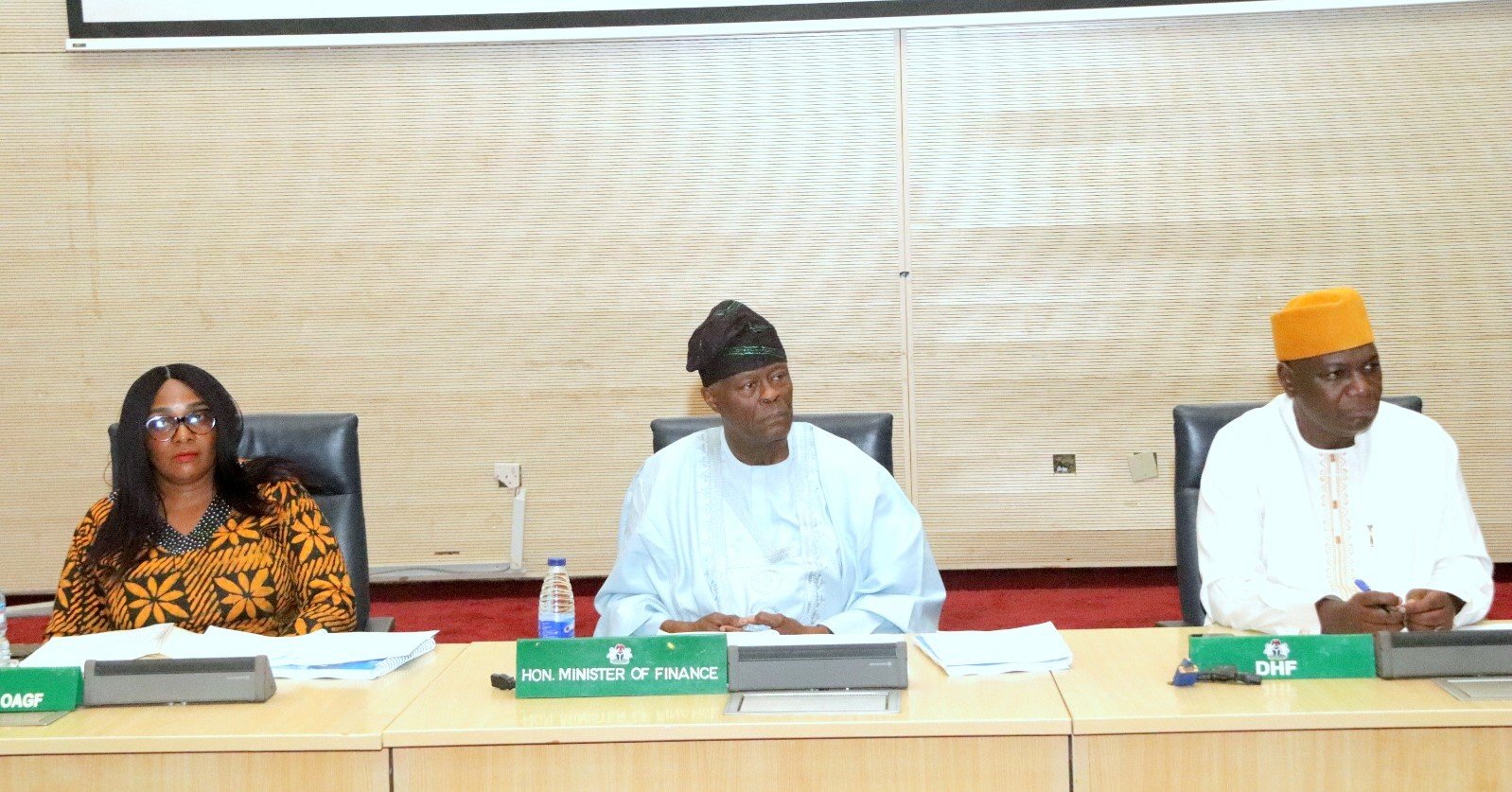Textile Exports India: Unlocking India's Textile Export Potential Amid Global Turmoil, ET Retail
Indian textile exporters have a golden opportunity. Tariff and political issues affect China and Bangladesh. India can gain through capacity addition. Government supports expansion via production incentives. New trade agreements will boost exports. The industry needs proactive capacity creation. Policy support is crucial for achieving scale in textiles. Industrial policy must consider slow-moving segments.

Indian textile exporters find themselves in a good place as tariff and political uncertainty affect shipments from China and Bangladesh. The opportunity can be converted to lasting gains through capacity addition. India's textile industry is large by international standards. But its export footprint is relatively small. A reset in the global textile supply chain offers India a chance to rebalance domestic and export markets.
Government policy favours expansion on both fronts through production incentives. Besides, a clutch of BTAs New Delhi is negotiating are likely to bump up supplies to existing export destinations. The textiles industry doesn't benefit as much as others in a 'China plus one' framework. Extra effort needs to go towards amplifying demand for Indian exports and accompanying supply response.
Textile exports have been a laggard among sectors identified for PLI. There have been calls for expanding coverage to garment exports to make the scheme more effective. This runs against the argument of allowing utilisation to catch up before making major readjustments.
It also sends out mixed signals to other industries selected for export incentives where investment response has been tepid. Yet, policy must be flexible to evolve with external and internal market dynamics. The industry needs to pull in investments going beyond the template of these being relocated away from export rivals.
Unlike consumer electronics, which represent low-hanging fruit of global supply chain resilience, industries such as textiles and steel require a more proactive approach to capacity creation. India's competitive advantage has to be pursued with stronger intent.
The runaway success of mobile handset exports is unlikely to be replicated in short order in textiles. But policy needs to remain supportive to attain scale. By design, production incentives favour high value addition. This has to be weighed against the employment intensity of an industry, where textiles ranks high. Industrial policy must be assessed based on the pace of slow-moving segments.













